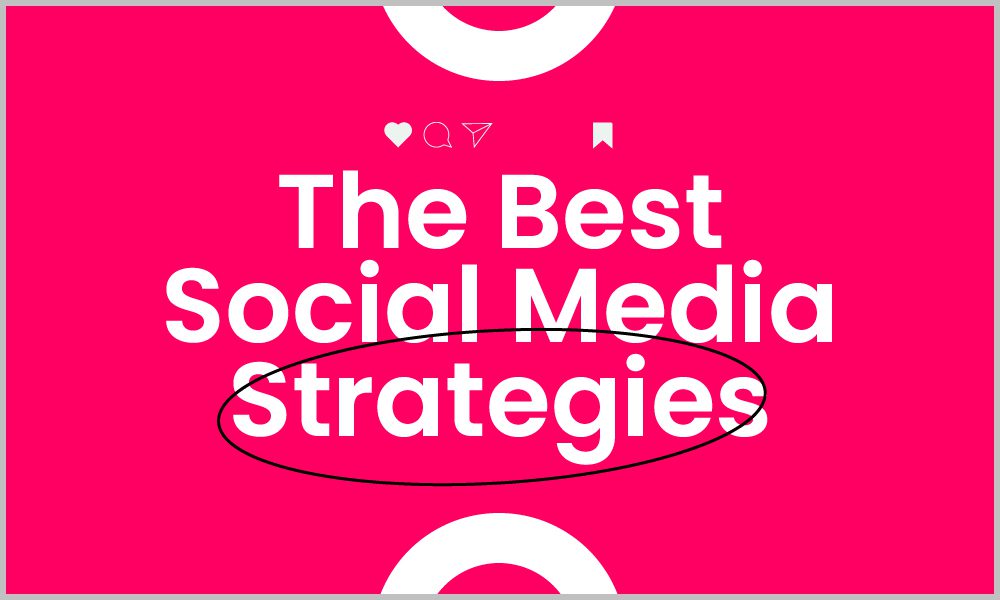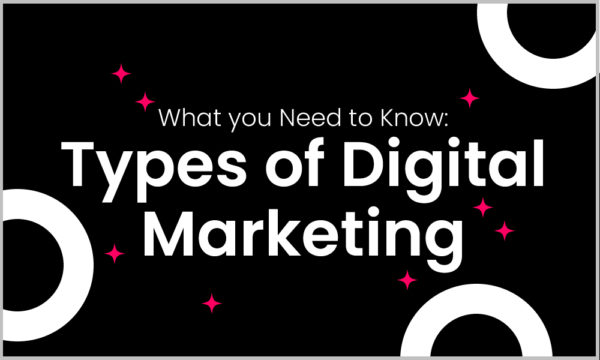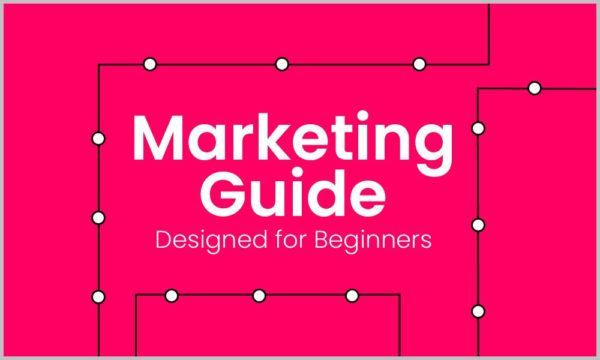Welcome to step two of social media marketing. If you haven’t already, you should check out our blog on what activities constitute social media marketing. But now, we’ll take a slightly different look at the strategies associated with social media marketing. Digital marketing is open to all, and social media marketing is no different. With great access comes great competition.
So, how can you ensure that your social media marketing is delivering the results you want? Well, by employing proven and tested strategies.
1. Choose the right audience
There’s a lot of platforms out there, and a lot of people on those platforms. You might be able to reach them, but they might not always be relevant to you. So, to reduce ad spend and get users that are interested in your business, choose the platform where your audience is. Oftentimes platforms have a very specific group of users. They might be more concentrated by a certain age, gender, or even education levels.
According to Pew Social Media report, in the US 77% of people aged 30 to 49 use Facebook, and only 48% use Instagram. If you’re looking at gender, 46% of women said that they use Pinterest regularly, while only 16% of men said that they did. So, choose your platforms wisely.
2. Timing
Social media posts are a lot about timing. You might have noticed two identical posts, one with thousands of upvotes, and one with 10. One of the reasons for this disparity in performance is that they were probably posted at different times. If your audience is in the US and you’re posting from the UAE, make sure you post when your audience is awake.
3. Have diverse content
Keeping your users engaged by posting different types of content can be one of the easiest ways to increase engagement online. Use different types of content like blogs, videos, articles, and more to break the monotony of their feed. Remember to stay consistent with your tone. While different platforms have different tones (twitter having a more playful tone for example), make sure that your brand has an overall consistent voice.
4. Content Calendars
To stay top of mind among your audience, frequent posting is required. However, finding and posting new content daily can be stressful. So, having a calendar planned out with what you would post, the time, important events coming out, and more can be incredibly useful.
5. Track your performance
Social media analytics tools are essential to track and optimize your performance online. Without appropriate attribution, you won’t have an idea of which of your strategies are performing well, and which needs changing. With the right data, you can also see gaps in the market, get constant feedback, and be aware of the general trends regarding your product category. Plus, having too much data can never be a bad thing.
6. Community management
The bigger your brand grows and the more users that engage with it, the more important it is to have effective community management online. Responding to customer queries and complaints can be great at increasing customer confidence in your brand online. Moreover, running competitions, polls, and other activities is a great way to boost brand engagement.
7. Use influencers wisely
It might be tempting to spend a lot of your budget on getting the most popular influencers for a marketing campaign. But it won’t be effective if their followers are not part of your target market. Oftentimes, it’s more effective in working with micro-influencers (10,000 – 100,000 followers) or even nano-influencer (10,000 or less) if their audiences are relevant to your business. They are also more likely to be within your budget.
Social media marketing is more nuanced than it appears from the outside. Knowing these strategies is just the start. If you want to discuss more on social media marketing, talk to us at +971 4 580 3378.



